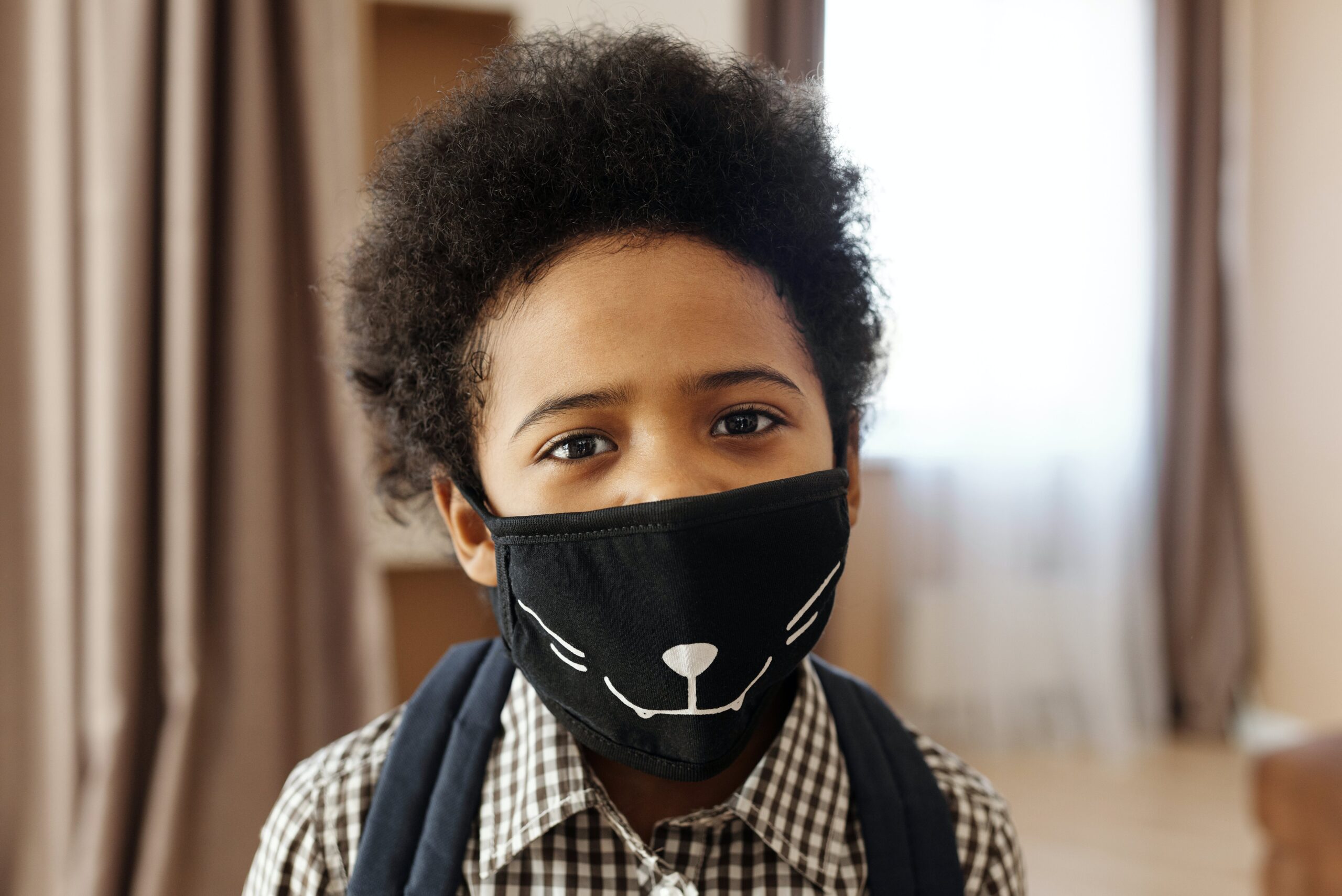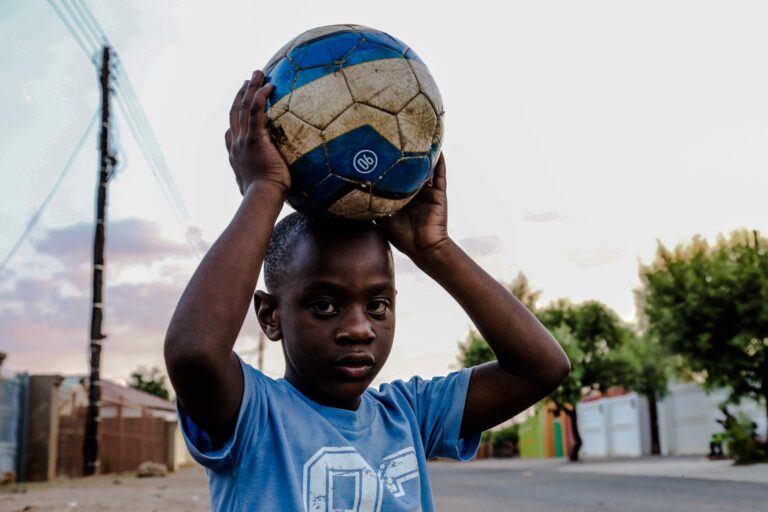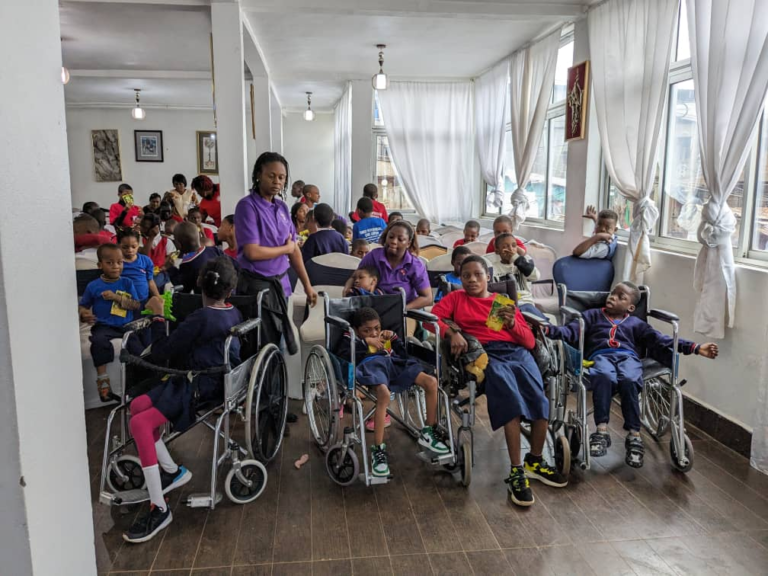Nurturing Communication: Strategies for Working with Children with Speech and Language Impairments
Communication is a fundamental aspect of human interaction, and for children with speech and language impairments, it can pose unique challenges. As educators, caregivers, and supporters, employing effective strategies and creating supportive environments can significantly impact a child’s ability to communicate and engage meaningfully. Let’s explore a range of approaches and techniques tailored to help children with speech and language impairments thrive.
Understanding Speech and Language Impairments
Differentiating Speech and Language Impairments
Speech impairments involve difficulties in producing sounds, while language impairments encompass challenges in understanding and using words to communicate thoughts and ideas.
Types of Speech and Language Impairments
These impairments encompass a wide range, including articulation disorders, phonological disorders, stuttering, expressive and receptive language disorders, and voice disorders.
Early Recognition and Intervention
Observing Early Signs
Identifying signs such as limited vocabulary, difficulty forming sounds or words, struggles in understanding instructions, or frustration during communication can indicate speech and language impairments.
Seeking Professional Evaluation
Consulting speech-language pathologists or specialists for assessment and diagnosis helps in understanding the nature and severity of the impairment.
Tailoring Support and Intervention
Speech and Language Therapy
Individualized speech-language therapy sessions tailored to specific needs aim to improve articulation, language skills, fluency, and overall communication abilities.
Augmentative and Alternative Communication (AAC)
Utilizing AAC methods such as visual aids, communication boards, or speech-generating devices supports communication for children facing challenges with verbal expression.
Multisensory Approaches
Incorporating multisensory techniques, visual aids, gestures, and interactive activities enhances comprehension and engagement during learning.
Incorporating Visual Supports
Using visual aids, picture schedules, and visual cues assists in reinforcing verbal instructions and aids comprehension for children with speech and language impairments.
Creating Supportive Learning Environments
Collaborative Classroom Arrangement
Arranging seating to facilitate optimal visual access, reducing distractions, and ensuring good lighting supports children with speech and language impairments in educational settings.
Inclusive Teaching Practices
Implementing inclusive teaching methods that incorporate varied learning styles, encourage participation, and offer clear instructions accommodates diverse communication needs.
Encouraging Peer Interaction
Promoting interactions and encouraging peer support among students fosters understanding, empathy, and social integration for children with speech and language impairments.
Collaborating with Support Services
Working with Speech-Language Pathologists
Collaborating closely with speech-language pathologists or therapists ensures alignment in educational strategies and targeted support for individual needs.
Involving Families and Caregivers
Maintaining open communication with families, providing resources, and involving them in the child’s therapy and support plans enhances consistency and reinforcement at home.
Partnering with Specialized Professionals
Engaging audiologists, psychologists, and other specialists provides comprehensive support, guidance, and a holistic approach to addressing speech and language impairments.
Building Communication Skills and Confidence
Fostering Self-Advocacy
Empowering children to express their needs, emotions, and ideas effectively cultivates confidence and self-advocacy skills.
Positive Reinforcement
Offering positive reinforcement, celebrating efforts, and acknowledging progress boosts self-esteem and encourages continued communication development.
Encouraging Active Participation
Creating opportunities for active participation, such as group discussions, presentations, or storytelling, encourages practice and confidence in communication.
Sensitivity and Awareness
Promoting Understanding and Sensitivity
Educating peers, educators, and the community about speech and language impairments fosters empathy, reduces stigma, and promotes supportive interactions.
Addressing Emotional Well-Being
Providing emotional support, counseling, and addressing any psychological impact of communication challenges contributes to the overall well-being of children with impairments.
Advocacy and Ongoing Support
Advocating for Inclusive Policies
Advocacy for inclusive policies and resources in educational settings ensures equitable access and support for children with speech and language impairments.
Continuous Learning and Adaptation
Continuously learning about new intervention techniques, staying updated on research, and adapting strategies to cater to evolving needs are essential in providing effective support.
Collaboration with Support Networks
Engaging with support groups, communities, and online resources fosters a network of knowledge-sharing and support for children with speech and language impairments.
Celebrating Progress and Successes
Acknowledging Milestones and Efforts
Recognizing and celebrating achievements, milestones, and efforts made in communication development reinforces positive reinforcement and motivation.
Showcasing Success Stories
Sharing success stories and experiences of children who have overcome communication challenges inspires hope and encourages others facing similar difficulties.
Conclusion: Building Bridges Through Communication
Working with children with speech and language impairments requires a multifaceted approach that prioritizes understanding, tailored support, and creating inclusive environments. By embracing diverse strategies, fostering collaboration among educators, families, and support services, and nurturing communication skills and confidence in children, we can empower them to navigate the world with enhanced communication abilities. It’s through empathy, patience, and a commitment to fostering communication that we build bridges and pave the way for every child to express themselves and engage meaningfully in society.







